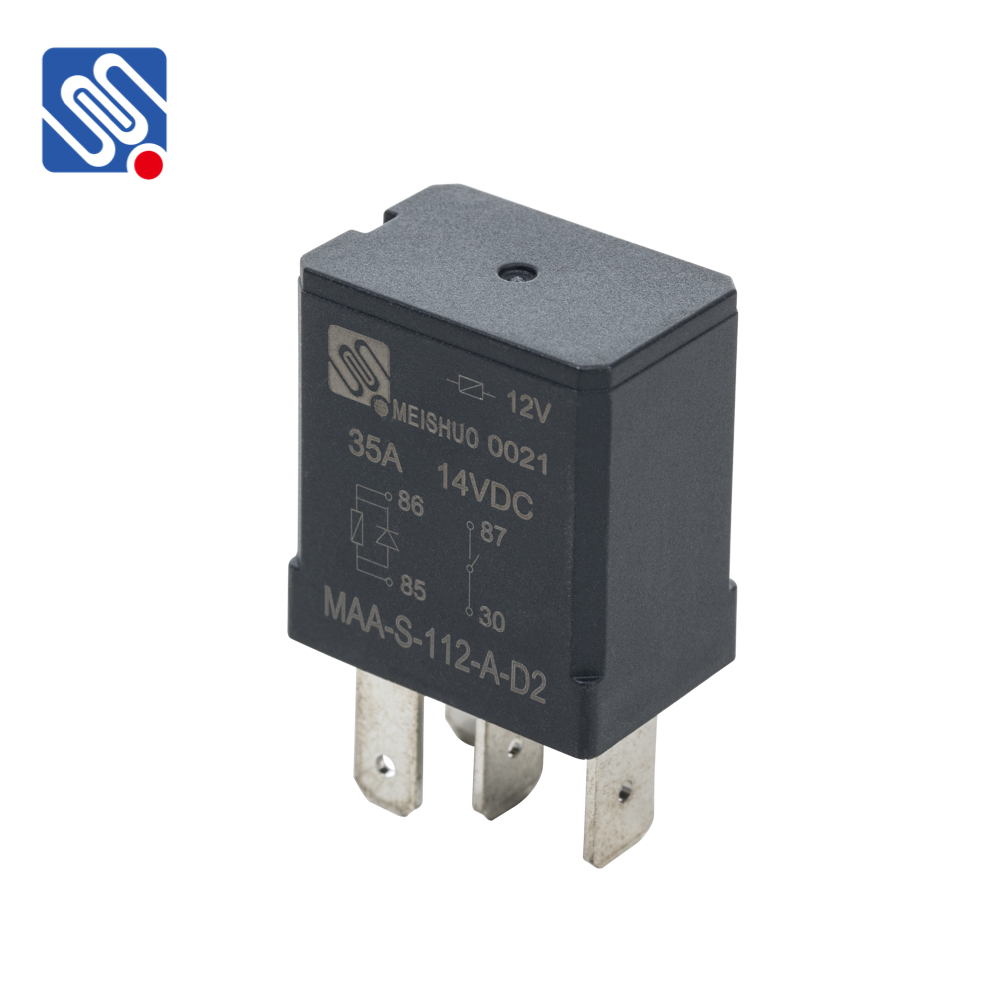A 12V relay is an electromechanical device that is used to control high-power electrical devices with a low-power control signal. It is one of the most commonly used components in automotive, industrial, and automation systems. This article explores the function, working principles, applications, and advantages of the 12V relay, shedding light on why this simple yet powerful component is so widely used.

What is a 12V Relay? At its core, a 12V relay is a switch operated by an electric current, typically 12 volts, which enables it to control circuits that require higher voltages or currents. It consists of an electromagnet (coil), an armature, and one or more sets of contacts. When a 12V signal is applied to the coil, it generates a magnetic field that attracts or repels the armature, thereby opening or closing the contacts. These contacts are what connect or disconnect the electrical circuit. Relays come in different configurations and voltages, with the 12V version being particularly popular due to its compatibility with automotive and low-voltage systems.